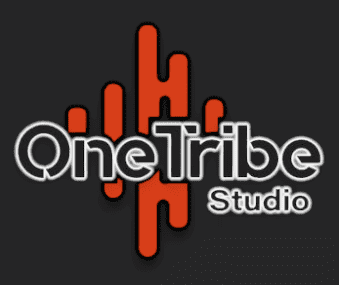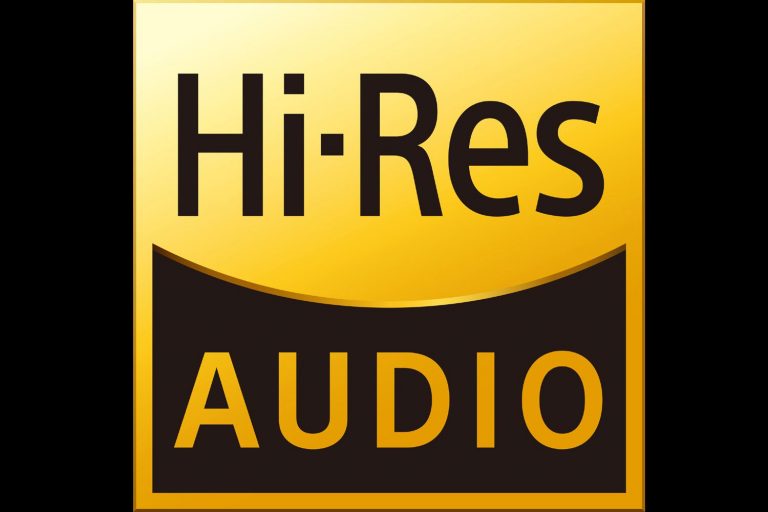High-resolution audio formats
High-resolution audio formats represent a major technological advancement in the audio industry, providing superior sound quality compared to standard audio formats.
This introduction highlights the issues associated with these formats, including their advantages, limitations, and adoption.
While these formats promise an immersive listening experience and increased fidelity, they also raise questions about their compatibility, accessibility and adoption by consumers and audio industry players.
Introduction to high-resolution audio formats provides insight into the challenges and opportunities that accompany this technological evolution in audio industry.
So by closely examining the advantages and limitations of these formats, as well as their market adoption, we can better understand their impact on the future of high-resolution audio.
Setting high-resolution audio formats
To fully understand HQ audio formats, it is essential to define their fundamental technical characteristics .
This includes the sample rate, which determines the accuracy of sound reproduction, the bit depth, which affects dynamics and sound resolution, as well as dynamic range, which measures the range of sound levels that the format can reproduce.
In addition, it is important to present the main high-resolution audio formats available on the market, such as FLAC, ALAC and WAV,highlighting their specificities and applications.
This definition of HQ audio formats will therefore lay the foundations for an in-depth understanding of their operation and their relevance in the audio industry.
Advantages of high-resolution audio formats
HQ audio formats provide higher sound quality than standard audio formats. They provide a more immersive listening experience and increased sound fidelity.
These formats allow subtle details of music to be captured and reproduced more faithfully, thus providing a more realistic and immersive listening experience.
In addition, they offer better spatial resolution. They allow listeners to more clearly perceive the position and movement of instruments and voices in the sound space.
Analyzing the benefits of high-resolution audio formats therefore highlights their potential to transform the experience music listening.
Limitations and challenges
Despite their undeniable advantages, audio formats face several limitations and challenges.
Among these is their larger file size compared to standard audio formats, which requires more more storage space and higher bandwidth for online streaming.
Additionally, storage and bandwidth requirements may make high-resolution audio formats less accessible for users.
Another important limitation is the compatibility of high-resolution audio formats with playback devices and streaming platforms.
While many audio players and streaming platforms support standard audio formats such as MP3 and AAC, the Support for high-resolution audio formats may be limited.
Additionally, the availability of high-resolution content can be a challenge, as many musical recordings are still distributed as compressed audio files or low-resolution streaming.


Adoption and accessibility
The adoption of these formats by consumers, artists, labels and streaming platforms is a key factor for their success on the market.
While some audiophiles and music enthusiasts are willing to invest in high-resolution audio hardware and pay extra for high-resolution recordings, other consumers may be less inclined to make this choice due to the compatibility and accessibility limitations previously mentioned.
In addition, the accessibility of high-resolution audio formats may be affected by factors such as content availability and costs associated with purchasing or streaming music in high resolution.
As more and more labels and artists begin to offer their music in high resolution, it remains still a long way to go to make this content widely accessible and affordable for all consumers.
Technological evolution and trends
Technological developments in high-resolution audio formats open up new perspectives for the future of audio high resolution.
Among emerging trends, we find the integration of audio spatialization, which makes it possible to recreate immersive sound environments and three-dimensional…
In addition, interactivity is increasingly used to allow listeners to interact with music from a new and immersive way.
These technological innovations promise to radically transform the music listening experience. They therefore offer listeners more immersive and interactive options than ever before.
Debates and issues
High-resolution audio formats are at the heart of many ongoing debates in the audio industry.
Among the most debated questions, are the real benefits of HQ audio formats by compared to standard formats in terms of sound quality and listening experience.
While some audiophiles and audio professionals argue that high-resolution audio formats provide significantly superior sound quality, others question their value compared to standard formats.


Conclusion
In summary, the future of high-resolution audio formats is both promising and complex.
These formats provide superior sound quality, increased fidelity and listening experience immersive, which therefore makes them attractive to discerning audiophiles and music lovers.
However, they face significant challenges, particularly regarding their compatibility and accessibility.
Despite these challenges, HQ audio formats continue to gain popularity among consumers, artists and labels, and new technological innovations promise to further transform the music listening experience.

